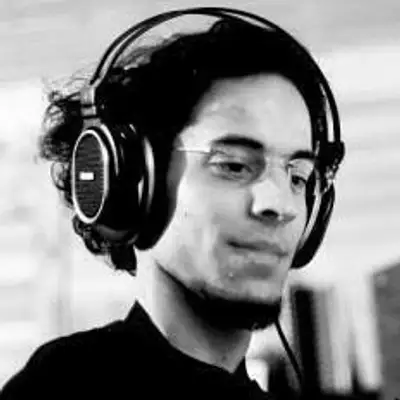Welcome to the inaugural episode of The New Quantum Era Podcast hosted by Kevin Rowney and Sebastian Hassinger. The quantum computing arena has so many interesting aspects with several new computing models with a huge amount of potential and this podcast is dedicated to asking and answering deep science questions. Each episode will feature an interview with people who are actively driving the domain forward, such as scientists, and researchers, from industrial or academic backgrounds.
Today, they are welcoming Nick Bronn, a Research Staff Member in the Experimental Quantum Computing group at the IBM TJ Watson Research Center in Yorktown Heights, NY. Nick, Sebastian, and Kevin are discussing in this episode some foundational concepts such as the five criteria for quantum computing, as well as cutting-edge developments arising nowadays. Nick also explains in detail the function of transmon qubits.
Show Notes
Key Takeaways:
[
8:25] Nick Bronn does a quick introduction about himself.
[
9:23] At what point in Nick’s academic career did he find he was attracted to quantum computing rather than the condensed matter physical started to get drawn into the field?
[
13:27] When Nick joined IBM, did they have a functioning superconducting qubit? Was there a transmon that was operational at that point? Or was it still building the first one in IBM?
[
17:23] How a transmon qubit does its thing?
[
20:27] Nick explains the DiVincenzo criteria.
[
25:25] Nick explains how you can build whatever wavefunction you want with transmon qubits.
[
28:40] Nick mentioned transitioning from experimental to more, such as the theory and the software. What was the motivator for Nick to get more involved in how to program these things?
[
33:43] How would Nick recommend somebody who has not done a few decades in the lab doing the kind of necessary work to acquire his intuition on factors and what kind of budget they should have for certain resources to know to avoid one idiom of code versus another?
[
36:27] Is there a way to encourage people to include a Jupyter Notebook with their code in the papers they post to the arxiv?
[
41:25] Nick shares about his work in trying to actually create Majorana braiding on the superconducting qubits.
[
46:10] Nick talks about other techniques such as variational algorithms.
[
48:14] What are we going to see in the short to medium term, what will the big breakthroughs be?
[
51:01] Nick is trying to simulate Majoranas state using the qubits. Would there be any learnings there or applications that would help in terms of error mitigation or error correction?
[
53:33] Nick shares his thoughts on Majoranas and the very strong theoretical justification for their existence.
[
56:16] Nick encourages physicists to learn to code, and developers to learn physics.
[
58:01] Sebastian and Kevin share the highlights of an amazing conversation with Nick Bronn.
Tweetables and Quotes:
“We're supposed to think about quantum computers as being a digital type of thing, you have these fundamental universal gates set, and that is not necessarily a continuous thing. But if you understand how the physics of these microwave operations work, then sometimes you can frame certain problems in a more efficient way, and reduce the overall amount of error that you incur.” — Nick Bronn
“We do have a large community of quantum computing users. And, and it's kind of, it's moving so fast that it's not even, it's not very easy to kind of convey what the best way to do everything is, l there's no standard operating procedure, no kind of best practices.” — Nick Bronn
“Physicists are not good coders, but just know enough to be dangerous.” — Nick Bronn
“What is incredibly interesting about the condensed matter of physics is that they allow you to understand the properties of materials, even crazy materials, like superconductors with relatively simple models.” — Nick Bronn
What is The New Quantum Era - innovation in quantum computing, science and technology?
Your host, Sebastian Hassinger, interviews brilliant research scientists, software developers, engineers and others actively exploring the possibilities of our new quantum era. We will cover topics in quantum computing, networking and sensing, focusing on hardware, algorithms and general theory. The show aims for accessibility - Sebastian is not a physicist - and we'll try to provide context for the terminology and glimpses at the fascinating history of this new field as it evolves in real time.




